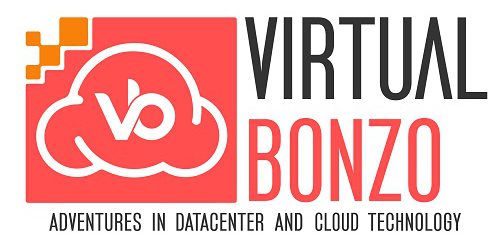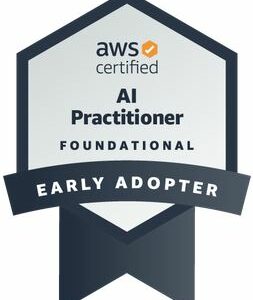AWS announced late in 2024 that they were offering free retakes for AWS Practitioner exams attempted by Feb. 15, 2025. I am typically one to slack off when it comes to scheduling certification exams, let alone studying for them. This caught my attention though, knowing that the Certified AI Practitioner exam was pretty new. The opportunity for a glimpse at the exam with the free retake safety net convinced me to get this on my calendar. I’m glad I did, because once I have an exam scheduled it forces me to buckle down and start learning.
With AI being so ubiquitous right now, it also helped me dig a little bit deeper into a topic I that is basically unavoidable. It’s not like I’d completely ignored AI to that point but it gave me an opportunity to focus in learning some new skills from an AWS point of view. I really dove in during my travel to AWS re:Invent, which also helped to better frame the direction that AWS was positioning during the conference.
All that being said, if you’ve taken AWS exams before the biggest difference here is in the content. As someone who is more of a generalist going down the Solutions Architect and DevOps Professional tracks, I had to take in a lot of new terminology. The official AWS Exam Guide is a great start for what concepts to expect, but I will break down how I approached the exam as a relative newcomer to AI.
Stephane Maarek’s Udemy course was the main chunk of my study material. The company I work for has a Udemy business account, but the single course is inexpensive enough for a single purchase that is worth every penny. With any of these courses there will usually be some general AWS components that could be repeat for many people, and that happened to be my experience with this course. The overall course breakdown went like this:
Intros, Code, Cost and Budget Setup
Given the practitioner level of this course, the time I had to prep and the value of actually doing the labs vs. just watching the play by play; I skipped right past this section. Not that there isn’t value in doing some hands on lab work, I find it to be more useful for building AWS infrastructure and/or apps. Much of the GenAI stuff involves settings within the console and prompt generation, which gets the gist across pretty well. I don’t recall any questions that made me wish I spent hands on time with the actual services.
Amazon Bedrock and GenAI
This was one big chunk of new material that I dedicated to fully knocking out. It went over a good mix of GenAI concepts and a good overview of Amazon Bedrock. Key components that required some repetition and extra focus were how to conceptually fine tune and evaluate models, with specific examples pertaining to Amazon Bedrock.
Prompt Engineering and Amazon Q
I put in a good half-effort here. I’d assume most of us have a basic understanding of prompt engineering and have tinkered with some form of GenAI, likely Amazon Q to an extent. I skimmed this section for things that jumped out to me as new info worth notating. I ended up skipping through the other half.
AI and ML, AI Challenges and Responsibilities
Another newer topic that I intentionally set aside more time for. This section introduced the concepts of AI/ML at a high level. Key areas of focus are on the different types of learning (supervised v. unsupervised, etc.) and different type of model evaluation (fit, bias, etc.) and metrics. A key definition and something to understand at a basic conceptual level is inferencing. Really know these high level concepts well enough to not confuse the different types and terms with each other.
AWS Managed AI Services and SageMaker
Many of these services are covered at a high level for things like AWS Solution Architect and some other certification tracks, so it could be considered review. For me it was good to revisit the managed AI services again, as they tend to take a back seat for the other tracks and maybe 1 or 2 overall will show up on an exam. For AI Practitioner, I made sure to nail down the specific cases where they would be used and paid extra attention to the ones that can easily be confused with another. Similar to other practitioner level courses, hands on SageMaker experience really isn’t necessary so long as you understand the patterns that would lead users to that specific service and it’s basic components.
AWS Security Services
For most seasoned AWS exam takers, this will largely be review. Depending on the runway you have to study for the exam, it could be skipped over. I always like glancing through to see if anything catches my eye that may be new or at least geared towards a specific integration with AI services that are worth highlighting.
Other than the Udemy Course, my most effective source of study content are practice tests. ExamPro has a great free test worth checking out. One perk of being an AWS Community Builder is free access to QA (formerly Cloud Academy) which also has a course and practice test. While I didn’t use this particular course, I really do like QA’s built-in lab platform and practice test material. For me it can be super effective to rush through a practice test and review the items I missed, along with the reasons why and supporting URL references. Then I go back and focus extra course watching time on specific weaknesses.
There are also plenty of other blogs, YouTube channels and Reddit communities with plenty of resources to help tackle this certification. If you haven’t yet started down the AI path, AWS has provided a great opportunity to kick start your learning and pick up a buzz worthy certification … be sure to take advantage by Feb 15!

